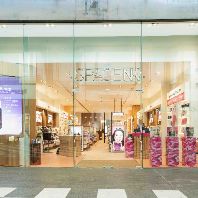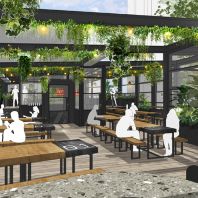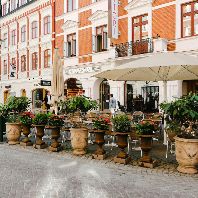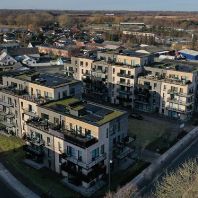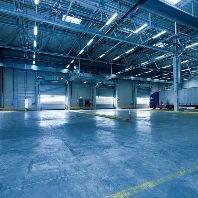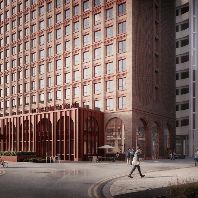During 2009, almost 6 million m² of new shopping center space was developed across Europe, a 28% decline on 2008 levels, bringing an end to three years of consecutive development growth, according to Jones Lang LaSalle. Russia remained the most active market, representing 21% of the total increase in European stock, but despite this being higher than the proportion from 2008 (13%) actual completions were 340,000 m² lower than last year. Collectively Poland, Turkey and Italy contributed a further 33% of all completed development space in Europe.
Jeremy Eddy, Head of Pan-European Retail Capital Markets, said: "Given the financial climate, it was inevitable that the pace of shopping center development would slow with substantial amounts of planned space delayed. The tightening of the supply pipeline during 2009 was largely synchronized across Europe, but the recovery will be diverse, notably in the emerging or growth markets. A significant number of planned schemes could be written off entirely - previously agreed land prices are unsustainably high in too many cases for the development to stack up given the climate of lower rents, uncertain consumer markets, lower exit price and worse or no finance terms. However, the growing demand from retailers for the very best schemes should stimulate development for prime shopping centers."
The total EMEA pipeline for 2010 equates to 8.5 million m² of new shopping center space. This is 25% lower than the forecast made for the same period back in December 2008, and includes a high proportion of schemes that were originally planned to open in 2009 but were subsequently delayed due to the financial crisis. The actual level of openings in 2010 is likely to reduce further still; in December 2008 for example the predicted pipeline for 2009 was 11.9 million m², in reality only 50% of this was completed.
James Dolphin, Head of pan-European Retail Agency at Jones Lang LaSalle, said: "Retailer demand is strong for prime shopping centres in the best locations, with many international brands looking to expand their presence across the region and tap into the large high-spending catchments. The expansion programmes of brands such as Apple, New Yorker and Hollister demonstrates confidence in economic recovery across much of Europe. In the markets where demand is strongest, such as Germany and Italy, it could be a catalyst for some recovery for pipeline product. Italy in particular lacks route to market options for new entrants given the low number of high quality shopping centers, but less nervousness around the economy and consumer spending compared to Spain for example has brought it to the fore of retailers' thoughts which should benefit further development."
An appetite for development exposure is also evident amongst the Real Estate Investment Trusts (REITS) who now have stronger balance sheets and growing equity, and will require development profits to drive returns in the future. However, finding the right product for which to place capital remains a challenge due to strong pricing competition and prospect of limited medium term returns due to the rental pressures on opening and patchy economic and consumer prospects. Execution of the pipeline is additionally being stimulated by third parties taking over planned developments.
Eddy concluded: "The market is not witnessing a reversion back to significant development growth and decisions will remain at the local level. This presents a clear opportunity for active asset management as the constrained pipeline has meant that those schemes that would have been competitively challenged now have breathing space to reassert themselves against the threat of competition. For owners and buyers picking the winning schemes will be key, and continuing to invest in assets post acquisition and throughout ownership will be even more important. The new centres that are carefully asset managed and that offer the consumers the best quality mix of fashion retail in appropriately sized shop units will continue to be the most attractive locations fo



